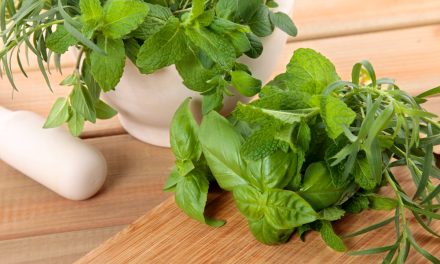Aloe vera is a succulent plant that has been used for medicinal purposes for centuries. It is a popular plant to have at home because of its ease of care and its ability to purify the air. Aloe vera plants are also known for their healing properties, which make them an excellent addition to any home.
If you’re interested in growing your own aloe vera plant at home, you’ll be pleased to know that it’s relatively easy. Here are the steps you need to follow to grow an aloe plant at home.
Choosing the Right Container
The first step in growing an aloe plant is choosing the right container. Aloe vera prefers well-draining soil, so it is important to select a container with drainage holes. A pot with a diameter of 8-10 inches is ideal for a mature aloe plant. It is also important to choose a container that is not too deep, as aloe vera has shallow roots.
Choosing the Right Soil
The next step is choosing the right soil. Aloe vera prefers well-draining soil that is slightly acidic. You can purchase a cactus or succulent soil mix from a garden center or make your own mix by combining equal parts of sand, perlite, and potting soil.
Planting the Aloe Vera
Once you have chosen the right container and soil, it’s time to plant the aloe vera. Start by filling the container with soil, leaving about an inch of space at the top. Then, gently remove the aloe vera plant from its current container, being careful not to damage the roots. Place the plant in the center of the new container and add soil around it, pressing it down lightly with your hands.
Watering the Aloe Vera
Watering is an essential aspect of aloe vera care. It is important not to overwater the plant, as this can lead to root rot. A good rule of thumb is to water the aloe vera once every two to three weeks. Before watering, check the soil’s moisture level by inserting your finger about an inch into the soil. If it feels dry, it’s time to water the plant.
When watering the aloe vera, pour the water slowly onto the soil, avoiding getting water on the leaves. Allow the water to drain out of the bottom of the container, and then discard any excess water. It is also important to avoid getting water on the leaves, as this can cause the plant to rot.
Sunlight and Temperature
Aloe vera is a sun-loving plant that thrives in bright, indirect sunlight. Place the plant near a window that receives plenty of light, but avoid direct sunlight, as this can cause the leaves to become burnt. If your home does not receive enough natural light, you can supplement it with artificial light using a grow light.
Aloe vera prefers temperatures between 60-75°F (15-24°C), making it an ideal indoor plant. It is important to keep the plant away from cold drafts and air conditioning vents, as these can cause the leaves to become dry and brittle.
Fertilizing the Aloe Vera
Aloe vera does not require frequent fertilization, but you can fertilize the plant once every three months during the growing season (spring and summer). Use a cactus or succulent fertilizer, following the instructions on the package. It is important not to over-fertilize the plant, as this can lead to root burn.
Pruning the Aloe Vera
Pruning is not necessary for aloe vera, but it can help keep the plant looking healthy and vibrant. If the plant becomes too tall or leggy, you can prune the top leaves to encourage new growth from the base. You can also remove any dead or yellow leaves by cutting them off at the base with a clean pair of scissors or pruning shears.




